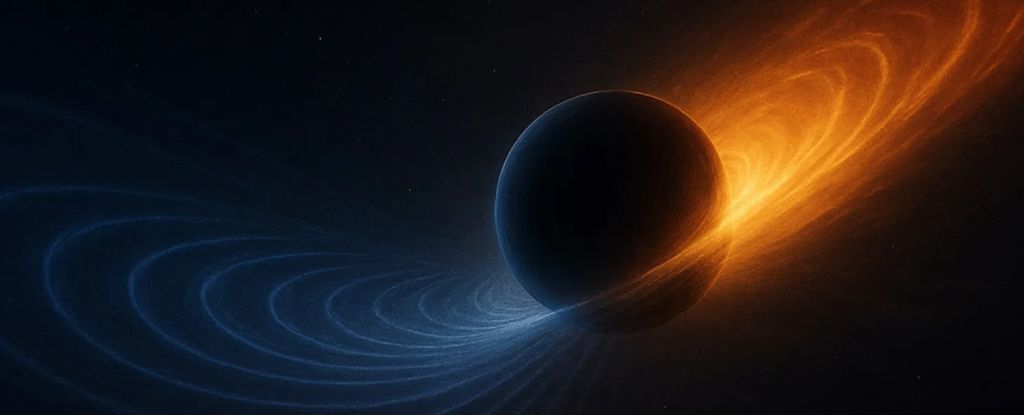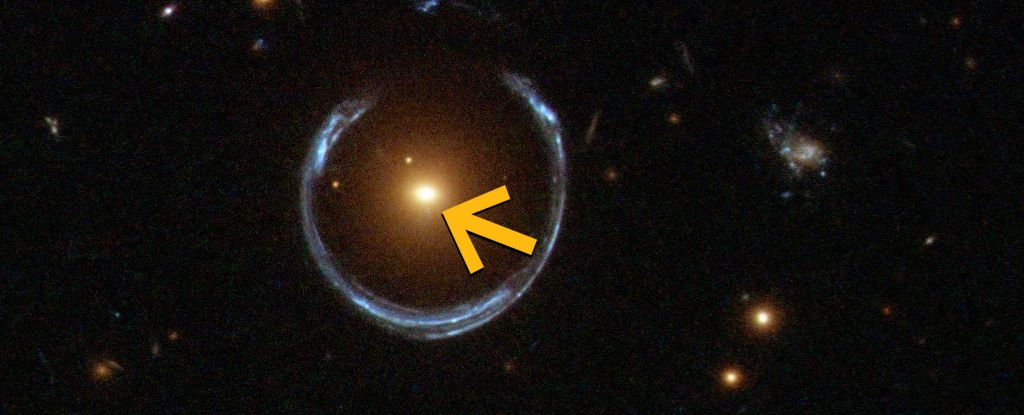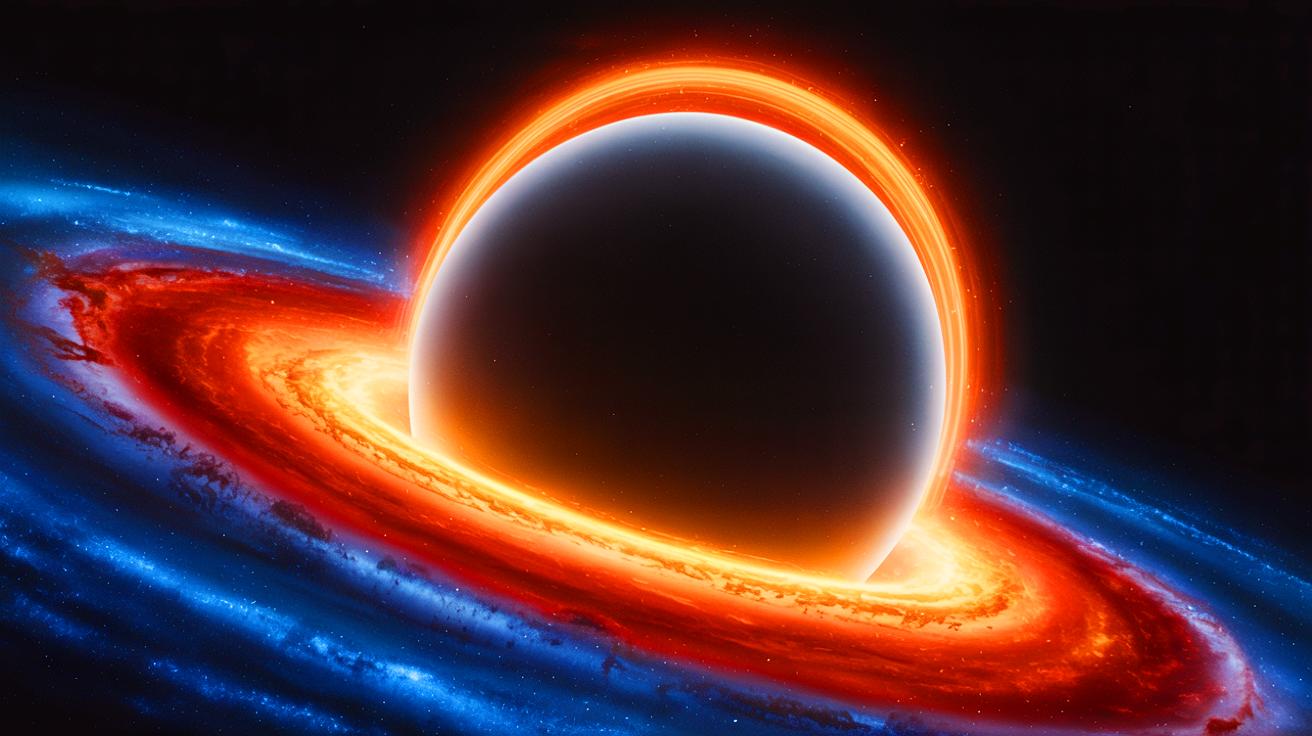First Detection of Sound from a Black Hole Kick

Introduction
The sound of a black hole 'kicked' through space has been heard for the first time, in a groundbreaking discovery by scientists using gravitational waves. This phenomenon is caused by the recoil imparted when two black holes collide, and until now, it has never been measured or observed.
Key Details
The detection of this sound was made possible by the Laser Interferometer Gravitational-Wave Observatory (LIGO), which uses highly sensitive instruments to detect tiny ripples in space-time caused by the movement of massive objects. The scientists involved in this study were able to measure the strength and direction of the black hole kick, providing valuable insight into the dynamics of these extreme cosmic events. This discovery also confirms the existence of gravitational waves, a prediction of Einstein's theory of general relativity.
Impact
Understanding the behavior of black holes is crucial in unlocking the mysteries of the universe, and this discovery is a major step forward in that direction. It also opens up new possibilities for future research and further advancements in the field of astrophysics. This groundbreaking achievement is a testament to the power of science and technology, and it reaffirms our ability to uncover the secrets of the universe through innovation and perseverance.
About the Organizations Mentioned
Laser Interferometer Gravitational-Wave Observatory
## Overview The **Laser Interferometer Gravitational-Wave Observatory (LIGO)** is a pioneering scientific organization dedicated to detecting cosmic gravitational waves—ripples in spacetime predicted by Einstein’s theory of general relativity[1]. Unlike traditional astronomy, which relies on electromagnetic radiation (light, radio waves, X-rays), LIGO provides a radically new way to observe the universe by measuring minuscule distortions caused by gravitational waves[1][6]. ## What LIGO Does LIGO operates using two large interferometers—one in Hanford, Washington, and another in Livingston, Louisiana—each with arms 4 kilometers long[1][5]. A laser beam is split, sent down each arm, reflected by mirrors, and then recombined. Gravitational waves passing through Earth slightly alter the length of these arms, producing a detectable interference pattern[5]. This setup is extraordinarily sensitive, capable of measuring changes less than one ten-thousandth the diameter of a proton[1]. The observatory’s primary targets are cataclysmic cosmic events, such as black hole and neutron star mergers[2]. ## History and Development LIGO was conceived in the 1980s by physicists Rainer Weiss, Kip Thorne, and Ronald Drever[6]. Funded by the U.S. National Science Foundation (NSF) and built by Caltech and MIT, the first detectors began operating in 2002[1][9]. Initial runs did not detect gravitational waves, prompting a major upgrade to “Advanced LIGO,” which dramatically improved sensitivity[1][8]. The enhanced detectors went online in 2015[1][8]. ## Key Achievements LIGO’s most celebrated achievement came on September 14, 2015, with the first direct detection of gravitational waves, labeled GW150914[5][6]. This event, caused by the merger of two black holes about 1.3 billion light-years





